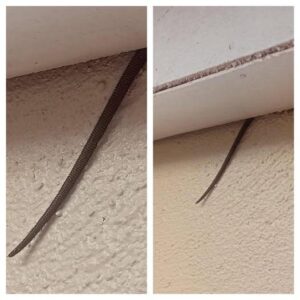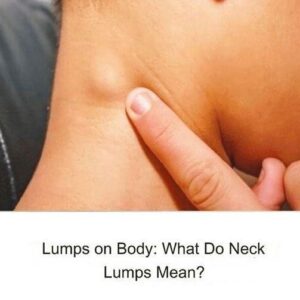Have you ever spotted a tall rod on a truck or RV and assumed it was a CB antenna? Today, it’s often something more practical—a cell-signal booster.
These devices are essential for travelers in areas with weak coverage, turning remote roads into connected spaces.
Smartphones rely on small built-in antennas, which work fine in cities but struggle in rural or mountainous regions.
A booster’s external antenna, mounted high on a vehicle, captures faint signals from distant towers.
The signal then passes to an amplifier inside the cab, which strengthens it and relays it
through a small indoor antenna to phones, tablets, or hotspots. The result: clearer calls, faster maps, and more reliable messaging.
This straightforward system benefits truckers, delivery drivers, RV owners, farmers, and campers—anyone
who depends on staying connected off the grid. Modern boosters support LTE and 5G, often powering multiple devices at once.
Popular models like the weBoost Drive Reach or HiBoost Travel 3.0 cost a few hundred dollars, but for many, the reliability is worth the price.
That tall pole isn’t just an accessory. It’s a lifeline for smoother communication and peace of mind,
ensuring travelers stay connected wherever the road takes them.





